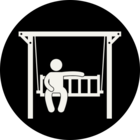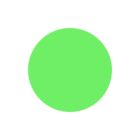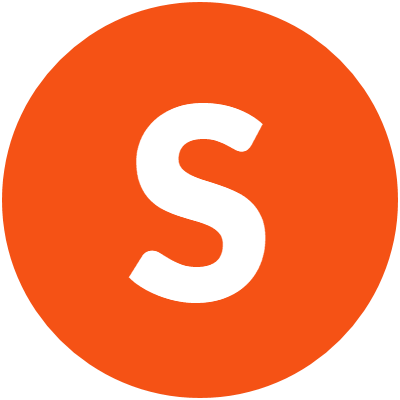I have depth zones where there are some square-ish polygons that once where covered by depth labels. These labels are no longer used and the square areas have become an eyesore. They are not terribly important so I would like to remove them all together. Please note that there are other areas and donut holes that should not be touched.
My question is twofold:
* How do I mark only the square-ish areas? (for later deletion)
* How do I mark only the square-ish donut holes? (to be closed with donutbuider)














